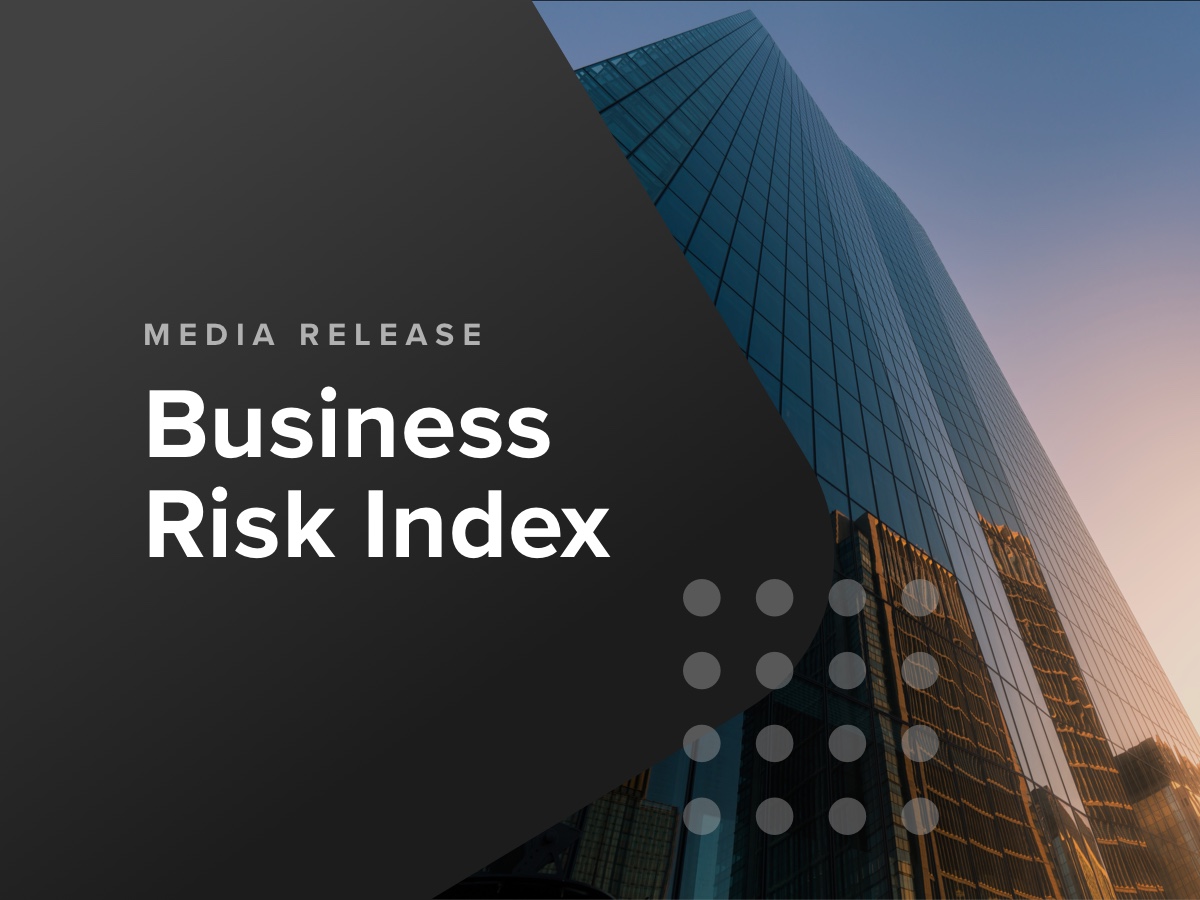It has been a rocky start to 2022 for the Australian economy due to the impacts of Omicron, the war in Ukraine and now the floods that have been devastating northern New South Wales and southern Queensland. The latest CreditorWatch Business Risk Index, covering February 2022, highlights the good and the bad of a difficult start to the year for Small and Medium-sized Enterprises (SMEs).
- The events of March 2022 quarter have reshaped the outlook for the entire year.
- The economic and humanitarian consequences of the crisis in the Ukraine reverberate around the Australian economy.
- The impacts of the extensive and record-breaking floods in Queensland and New South Wales will be felt nationwide.
- Combined with the ongoing economic effects of COVID-19, these events have an impact on every household in Australia.
- In aggregate, we are and will continue to see significant increases in fuel prices due to the impact that the Ukrainian-Russian war is having on oil and gas prices.
- The devastating impact of the floods will have an impact on the price of fruit and vegetables at the shop front.
- This dynamic will have an impact on businesses across the economic spectrum.
- As a leading indicator of business activity, the February BRI provides some key insights into the road ahead.
These events change the entire dynamic to Australia’s economic recovery. We will still experience a sustained period of economic growth in 2022, unlike what was widely anticipated but didn’t materialise last year. CreditorWatch has noted for some time that the recovery will be slower than initially anticipated and that many SMEs were at risk as they emerge from the shadow of credit leniency provided by financial institutions and the Australian Taxation Office (ATO) is progressively curtailed. The beast responsible for that outcome was called Omicron.
Now, we face the twin challenges of an exogenous war and an endogenous natural disaster on almost an unrivalled scale. Both events will further slow the pace of economic recovery and delay a first official interest rate rise from the Reserve Bank of Australia (RBA).
This situation may well have an adverse impact on consumer confidence, which has already been trending down for nearly 12 months. Watch for a possible hit to business confidence which would have an adverse impact on the key missing ingredient to a sustainable economic recovery for Australia – a lack of private business investment.
The latest CreditorWatch Business Risk Index reveals that the headline result, signaling the probability of default over the next twelve months, sits at a historically high 5.7 percent. The key, though, is considering how much paddling is going on under the water.
We have often mentioned Accommodation and Food Services as an industry example. This is a key frontline industry for the Australian economy. It is also a key to Australia’s labour force strength through both direct employment and sub-contractors.
The situation has now become somewhat different. CreditorWatch data has long revealed that the Probability of Default (PD) for this industry is consistently higher than any other industry. Given all that has happened recently the metric sits at a probability of 6.7 per cent in February 2022, the highest in a very long time. That’s tough for business owners, many of whom leverage their family home to support their small business. You can’t have a Delta then Omicron variant of COVID followed by an illegal war abroad and a devasting flood situation at home without adverse consequences for frontline industries. That is what CreditorWatch data is beginning to reveal.
The February 2022 Business Risk Index shows that the three industries with the highest probability of payment default over the next 12 months are: –
| 1. Accommodation and Food Services: 6.7% (up from 5.7 per cent). |
| 2. Information, Media & Telecommunications: 4.9% (up from 4.6%). |
| 3. Financial & Insurance Services: 4.7% (up from 4.4%). |
As a leading indicator of economic challenges and outcomes, it is notable that the latest Business Risk Index highlights an increase in the probability of default for all three of these most at risk industries. That outcome provides a prominent indication of how the Australian economy will fare in 2022 – not quite as well as expected back in November 2021, but still on track to do better than in 2021.
We’ve said before that we should ‘watch this space’ when ‘Accommodation and Food Services’ is concerned, and the challenges have been outlined above. It will be a confronting year for this industry.
When it comes to ‘Information, Media and Telecommunications’ and ‘Financial and Insurance Services’, CreditorWatch data has identified these industries for some time as being somewhat challenged. The flood disasters have upped the ante on the credit risks to these industries and the update to the Business Risk Index for March will be crucial in terms of the prospects for Australia’s overall economic recovery.
It’s not like it is all bad news. Some industries are thriving as COVID restrictions are removed and, for example, the prospects for elective surgery are revived.
The industries with the lowest probability of default over the next 12 months are: –
| 1. Health Care & Social Assistance: 3.3%.
2. Agriculture, Forestry and Fishing: 3.6%. 3. Wholesale Trade 3.7%. |
These results reflect the dynamics of economic conditions in Australia.
Healthcare and Social Assistance is dominated by federal and state/territory funding but options for private elective surgery are increasing. Agriculture, Forestry and Fishing has a credit rating that reflects strong commodity prices, but those floods will have an impact.
Wholesale trade is the key leading indicator. The industry looked in such bad shape but seems to be turning around. If CreditorWatch data proves that improvement, then that will be a very positive indicator for Australia’s economic recovery.
Payment arrears by industry
The highest number of payments by arrears is: –
| 1. Construction: 11.8% |
| 2. Accommodation and Food & Beverage Services: 10.1% |
| 3. Electricity, Gas, Water & Waste Services: 10.4% |
The construction industry provides a crutch to the Australian economy because it has a huge multiplier impact through the rest of the economy. The monthly arrears payments figure is declining but there seems a long way to go.
Accommodation and Food and Beverage Services is a key economic barometer. When this industry sustainably bounces back, so will Australia.
Monthly defaults
The number of monthly defaults increased in both January and February 2022, but they still sit well in a historically low range established from November 2020, leaving not much of a story. Watch out, though if the level of these defaults breaks out of this historically low range. Odds on that will happen!
Court actions
Monthly court cases have established an upward trend since late 2021 and are up by 23.1 per cent in the February ‘quarter’ (54.2 per cent annually). January 2021 was the low point. This CreditorWatch data will provide a key leading indication as to how businesses are faring in a post lockdown environment.
Credit enquiries
Credit enquiries are still trending down, although the jump in February is larger than normal for that month. Over the three months to February enquiries are down by 16.2 per cent, 3.7 per cent lower than the three months to February 2021.
That is hardly a great start to the year and will be complicated by the natural disasters at home and the war abroad.
Trade Receivables
February saw an increase in trade receivables but trade activity is still down significantly compared to pre-COVID levels and the recent floods in New South Wales and Queensland are likely to place downward pressure on business turnover in those regions.



